Hãy nhập câu hỏi của bạn vào đây, nếu là tài khoản VIP, bạn sẽ được ưu tiên trả lời.

I don't know what the exact name of the game is, but looking at the picture I guess they are playing a game related to finding something that uses modern devices to navigate them.
(Tôi không biết tên chính xác của trò chơi là gì, nhưng nhìn vào hình ảnh tôi đoán họ đang chơi một trò chơi liên quan đến tìm thứ gì đó sử dụng thiết bị hiện đại điều hướng họ.)

1. Based on the context of the picture, it seems like the students are taking a vocational course in cooking or culinary arts.
2. It's possible that students may need certain qualifications or prerequisites to apply for this course, such as a high school diploma or previous experience in cooking. However, it ultimately depends on the specific requirements of the course and the institution offering it.
3. Students in this course likely expect to learn various cooking techniques and recipes, as well as gain a deeper understanding of the culinary arts. They may also learn about food safety, kitchen hygiene, and restaurant management if the course covers those topics. Additionally, students may hope to gain hands-on experience in cooking and receive feedback on their dishes from their instructor. Overall, the goal of this course is likely to help students develop their skills and knowledge in the culinary field.

Regarding tattoos, they are a form of art for many people, and they can be a way of expressing oneself and conveying a message or identity. However, whether someone likes a tattoo or not is subjective and depends on personal taste.
In terms of the woman's personality, a tattoo can sometimes provide insight into her interests, values, or beliefs, but it's not always the case. It's important not to make assumptions or stereotypes based solely on someone's appearance.
(Về hình xăm, chúng là một loại hình nghệ thuật đối với nhiều người, và chúng có thể là một cách thể hiện bản thân và truyền tải một thông điệp hoặc danh tính. Tuy nhiên, việc ai đó thích một hình xăm hay không là chủ quan và phụ thuộc vào sở thích cá nhân.
Về tính cách của người phụ nữ, một hình xăm đôi khi có thể cung cấp cái nhìn sâu sắc về sở thích, giá trị hoặc niềm tin của cô ấy, nhưng không phải lúc nào cũng vậy. Điều quan trọng là không đưa ra các giả định hoặc định kiến chỉ dựa trên vẻ ngoài của ai đó.)

A Driver followed satnav to edge of 100-ft drop.
(Người lái xe đã đi theo satnav đến mép của độ rơi 100)
Giải thích: The driver followed the directions of their satnav and ended up at the edge of a cliff, which could have resulted in a serious accident or even death.
(Người lái xe đã đi theo hướng dẫn của vệ tinh và kết thúc ở rìa của một vách đá, điều này có thể dẫn đến một tai nạn nghiêm trọng hoặc thậm chí tử vong.)
B GPS failure leaves woman in Zagreb two days later
(Lỗi GPS khiến người phụ nữ ở Zagreb hai ngày sau)
Giải thích: A woman relied on her GPS system to navigate her way to Zagreb, but due to a failure, she ended up being lost for two days.
(Một người phụ nữ dựa vào hệ thống GPS của mình để tìm đường đến Zagreb, nhưng do bị lỗi, cô ấy đã bị lạc trong hai ngày.)
C SATNAV ERROR LEAVES SHOPPERS IN WRONG COUNTRY
(LỖI SATNAV ĐỂ LẠI NGƯỜI MUA HÀNG Ở SAI QUỐC GIA)
Giải thích: Shoppers relied on their satnav and ended up in the wrong country, which could have been a costly and inconvenient mistake.
(Người mua sắm dựa vào vệ tinh định vị của họ và kết thúc ở nhầm quốc gia, đây có thể là một sai lầm tốn kém và bất tiện.)
D Satnav leads woman into river
(Satnav dẫn người phụ nữ xuống sông)
Giải thích: A woman trusted her satnav and ended up driving her car into a river.
(Một người phụ nữ đã tin tưởng vào hệ thống định vị vệ tinh của mình và cuối cùng đã lao xe của mình xuống sông.)
=> People might make these kinds of mistakes when they rely too heavily on technology without considering other factors such as common sense, local knowledge, and road signs.
(Mọi người có thể mắc phải những sai lầm kiểu này khi họ phụ thuộc quá nhiều vào công nghệ mà không xem xét các yếu tố khác như ý thức chung, kiến thức địa phương và biển báo giao thông.)

A: Have you ever been to U Minh Thuong National Park? Where is it?
(Bạn đã bao giờ đến Vườn quốc gia U Minh Thượng chưa? Nó ở đâu?)
B: No, I haven't. Where is it located?
(Không, tôi không có. Nó nằm ở đâu?)
A: It's located in the southern part of Vietnam, in the Mekong Delta region.
(Nó nằm ở phía nam của Việt Nam, trong khu vực đồng bằng sông Cửu Long.)
B: Ah, I see. What can/did you see in the park?
(À, tôi hiểu rồi. Bạn có thể/đã nhìn thấy gì trong công viên?)
A: Well, I've seen some rare animals like otters and pangolins, and also many types of birds. The park is famous for its diverse ecosystems, including mangrove forests and wetlands.
(Chà, tôi đã thấy một số loài động vật quý hiếm như rái cá và tê tê, và cũng có nhiều loại chim. Công viên nổi tiếng với hệ sinh thái đa dạng, bao gồm rừng ngập mặn và vùng đất ngập nước.)
B: That sounds really interesting. I would love to visit the park someday and see those animals and ecosystems.
(Điều đó nghe thật thú vị. Tôi rất thích đến thăm công viên vào một ngày nào đó và xem những loài động vật và hệ sinh thái đó.)

A: What did you use to do when you were five?
B: I used to listen to stories at bedtime. My mom had a lot of interesting stories to tell me.
A: That's cool. Did you used to walk to school?
B: No, my parents used to take me to school everyday.
A: What did you use to do at weekends?
B: My parents used to take me to the zoo every Sunday. How about you?
A: I used to visit my grandmother at weekends. She lived quite far from me.
B: That's nice. What did you often used to have for your breakfast?
A: I used to have some milk and bread. Sometimes I skipped it.
Tạm dịch:
A: Bạn đã từng làm gì khi bạn 5 tuổi?
B: Tôi thường nghe kể chuyện trước khi đi ngủ. Mẹ tôi có rất nhiều câu chuyện thú vị để kể cho tôi nghe.
A: Thật tuyệt. Bạn đã từng đi bộ đến trường không?
B: Không, bố mẹ tôi thường đưa tôi đến trường hàng ngày.
A: Bạn thường làm gì vào cuối tuần?
B: Bố mẹ tôi thường đưa tôi đến sở thú vào mỗi chủ nhật. Còn bạn thì sao?
A: Tôi thường đến thăm bà tôi vào cuối tuần. Bà ấy sống khá xa tôi.
B: Tuyệt quá. Bạn thường ăn gì vào bữa sáng của bạn?
A: Tôi đã từng uống một ít sữa và ăn bánh mì. Đôi khi tôi bỏ qua bữa ăn sáng.

1 Where is the post office? (Could you tell me)
(Bưu điện ở đâu?)
Đáp án: Could you tell me where the post office is?
(Bạn có thể cho tôi biết bưu điện ở đâu không?)
2 Do you have any mayonnaise? (I was wondering)
(Bạn có sốt mayonnaise không?)
Đáp án: I was wondering if you have any mayonnaise?
(Tôi đang tự hỏi liệu bạn có chút sốt mayonnaise nào không?)
3 What time does the film finish? (I'd like to know)
(Mấy giờ bộ phim kết thúc?)
Đáp án: I'd like to know what time the film finishes.
(Tôi muốn biết bộ phim kết thúc lúc mấy giờ.)
4 What is your name? (May I ask)
(Tên của bạn là gì?)
Đáp án: May I ask what your name is?
(Tôi có thể hỏi tên của bạn là gì không?)
5 What is the salary for this job? (I'd be interested to know)
(Mức lương cho công việc này là bao nhiêu?)
Đáp án: I'd be interested to know what the salary for this job is.
(Tôi muốn biết mức lương cho công việc này là bao nhiêu.)
6 Should I apply for the job online? (I'd like to know)
(Tôi có nên nộp đơn xin việc trực tuyến không?)
Đáp án: I'd like to know if I should apply for the job online.
(Tôi muốn biết liệu tôi có nên nộp đơn xin việc trực tuyến hay không.)
7 Did you receive my application? (I'd be interested to know)
(Bạn đã nhận được đơn đăng ký của tôi chưa?)
Đáp án: I'd be interested to know if you received my application.
(Tôi rất muốn biết liệu bạn có nhận được đơn đăng ký của tôi không.)
8 When does the train leave? (Could you tell me)
(Khi nào tàu rời đi?)
Đáp án: Could you tell me when the train leaves?
(Bạn có thể cho tôi biết khi nào tàu rời đi không?)
9 Do you have a table for four? (I was wondering)
(Bạn có bàn cho bốn người không?)
Đáp án: I was wondering if you have a table for four.
(Tôi đang thắc mắc liệu bạn có bàn cho bốn người không.)
10 When will the interviews take place? (May I ask)
(Khi nào các cuộc phỏng vấn sẽ diễn ra?)
Đáp án: May I ask when the interviews will take place?
(Tôi có thể hỏi khi nào các cuộc phỏng vấn sẽ diễn ra không?)

Looking at the picture, I guess the texts will give us information about some kind of special houses in the world. They can be weird, but they will be unique.
(Nhìn vào bức tranh, tôi đoán bài đọc sẽ cung cấp cho chúng ta thông tin về một số loại nhà đặc biệt nào đó trên thế giới. Chúng có thể kỳ lạ, nhưng chúng sẽ rất độc đáo.)

The 3 pictures are all about activities or sports at different beautiful places. In my opinion, the second picture is the most spectacular because I can see the man is enjoying relaxing in the swimming pool and looking at a beautiful city from there.
(3 bức tranh đều nói về các hoạt động hoặc thể thao ở những địa điểm đẹp khác nhau. theo ý kiến của tôi, bức ảnh thứ hai là ngoạn mục nhất bởi vì tôi có thể nhìn thấy người đàn ông đang tận hưởng việc thư giãn trong bể bơi và ngắm nhìn một thành phố xinh đẹp từ đó.)
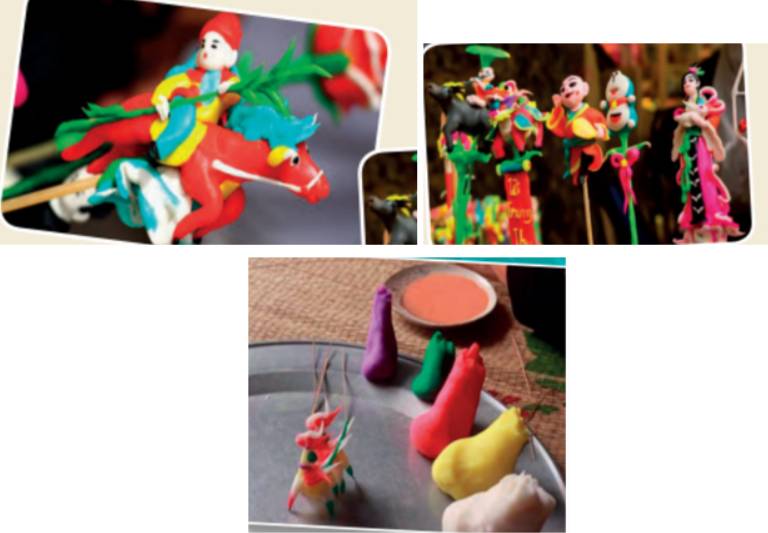

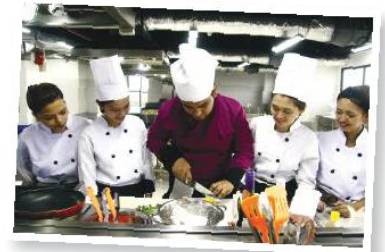
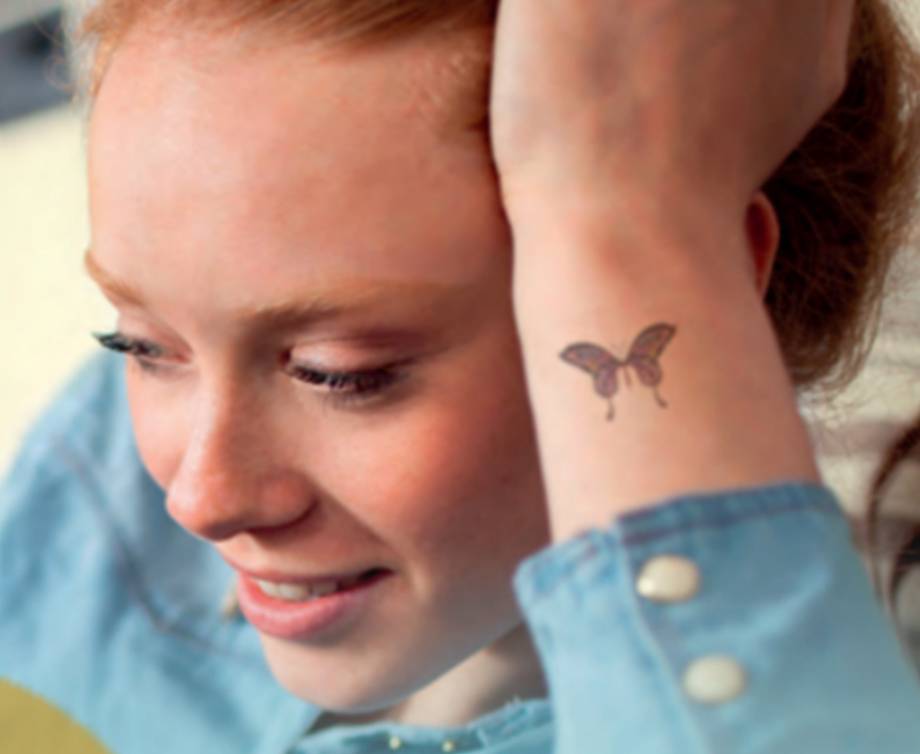

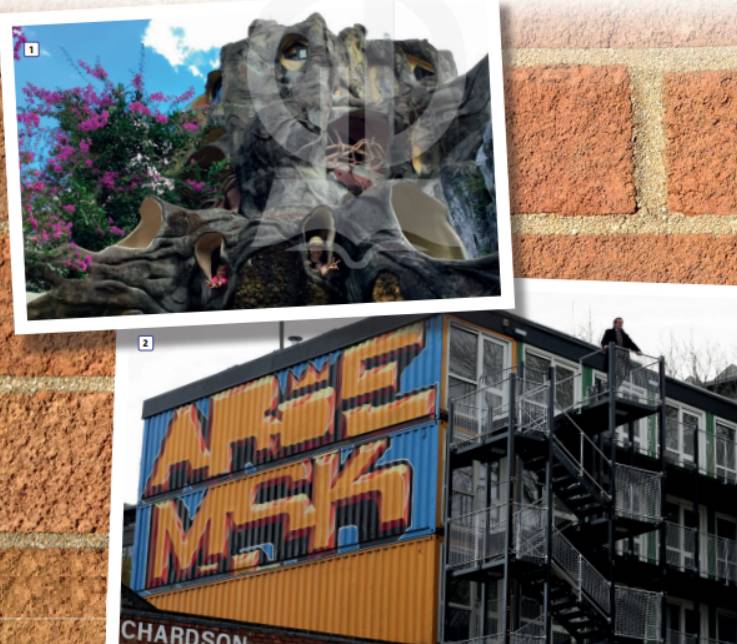
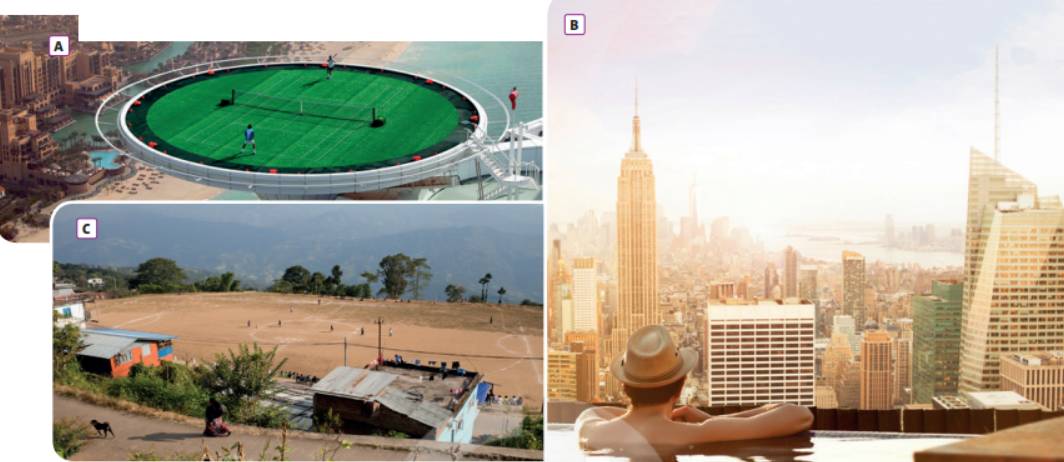
The pictures show tò he, which is a traditional Vietnamese art form of sculpting edible figurines made from glutinous rice powder. These figurines can be shaped into various forms such as animals, fruits, and flowers, and are often brightly colored.
I usually bought to he at the fairs near my house when I was a child.
(Các bức tranh cho thấy tò he, một loại hình nghệ thuật điêu khắc tượng nhỏ ăn được truyền thống của Việt Nam làm từ bột gạo nếp. Những bức tượng nhỏ này có thể được tạo hình thành nhiều dạng khác nhau như động vật, trái cây và hoa và thường có màu sắc rực rỡ.
Tôi thường mua tò he ở phiên chợ gần nhà khi tôi còn nhỏ.)